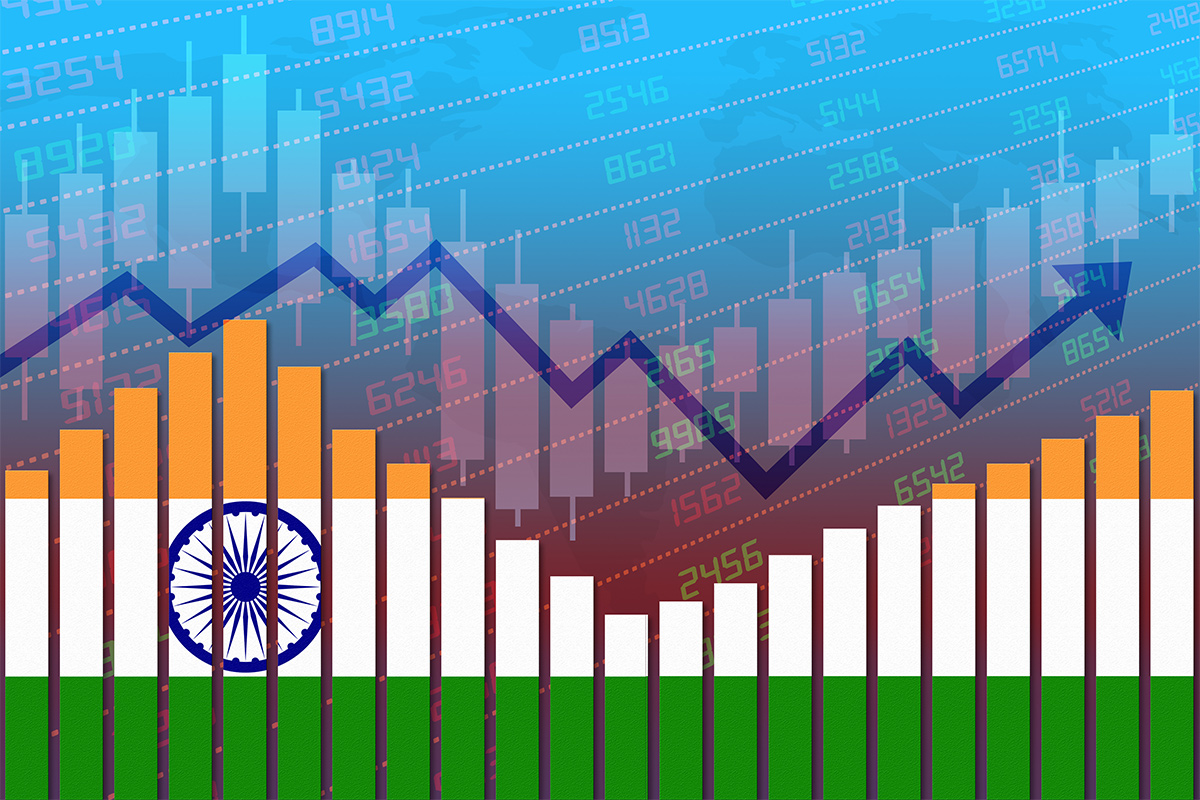India’s Economic Growth in 2022-23 is Better Than Expected
Indian economy clocks 7.2 per cent growth for FY23 following the coolest May in 36 years in the nation's capital - New Delhi - on May 31.

India’s Economic Growth in 2022-23 is Better Than Expected
It matters more that inflation is at an 18-month low of 4.7 per cent. Compare this with European and American economies experiencing double-digit inflation at times and next to no growth or recession, as in Germany, the largest economy in the European Union (EU). World Bank, IMF, and other multilateral lending agencies view India as a bright spot because it has the fastest growth of any major economy in the world.
Its low per capita income but still ranks third in purchasing power parity (PPP). In the January to March quarter of the financial year 2022-23, GDP increased by 6.1 per cent, equivalent to 7.2 per cent growth. As a reminder, this fiscal 2022 closing comes on the heels of a 9.1 per cent growth in fiscal 2021-22.
This was particularly evident in April-June 2022 when it grew by 13.1%. Despite this, we will still rank third in wealth even if we succeed at just 6 to 7 per cent annually in the decade ahead. At present, India’s GDP totals $3.3 trillion. The projection is that $5 trillion will be achieved by 2025, although Covid and the Russia-Ukraine War have delayed the timetable somewhat.

We will likely surpass Germany and Japan by 2027 when we reach its $7 trillion mark. Despite the expansion of rupee trades and UPI digital trades with several countries, our foreign currency reserves have stabilised close to $500 billion. It is despite the rupee’s weakness and declining exchange rate against the dollar. Dollar strength makes the rupee weak since we hold most of our reserves in the US currency.
Additionally, America and China, two of our biggest trading partners, have substantial trade deficits. According to the current scenario, agriculture has had a 5.5 per cent expansion, contributing to the current plan. Due to increased awareness and attempts, modernising methods results in improved efficiency, better yields, and superior storage and cold chain facilities.
A vast number of people are still employed in agriculture. The comprehensive mechanisation of farming is taking place at an unprecedented pace. We still have enough food grain surplus to feed several needy countries, even with inefficient agriculture, low yields, and inadequate storage conditions. We are currently exporting sugar at a favourable price despite our surplus.
Economic Growth
In the January-March 2023 quarter, manufacturing experienced a 4.5 per cent increase, compared to minus 1.4% in 2021 and just 0.6 per cent a year earlier. As a percentage of GDP increases, it is expected to take a 5% share by 2030. In addition to being a high priority by the government, this process will employ many people.
A 4.3 per cent growth was seen in mining in the final quarter of fiscal 2022, compared to a decline of 2.3 per cent in the previous quarter. Changing environmental regulations have resulted in its revival. While the Modi government has persistently targeted black money associated with the construction sector, it showed positive growth of 10.4% in the fourth quarter, up from 4.9 per cent in fiscal 2021.

This sector needs to be promoted as it can absorb much of the rural migration to cities in search of employment and contribute almost as much to GDP as agriculture. In the fourth quarter, services such as trade, hotels, transport, and communication increased by 9.1 per cent compared with the previous year. Pandemic-affected people and goods are moving around again.
Rail and air travel in modernised facilities have also picked up, as has tourism. The fiscal deficit decreased in 2022 because of some budgetary consolidation based on solid revenue collections. Fiscal deficits are expected to remain below 4.5 per cent of enhanced GDP by 2025. According to a well-known saying, there is no way to keep a good economy down.
Due to India’s price competitiveness and increased aatmanirbharta, many developed economies which prefer to sell to India are concerned about opportunities in the future. One of the nation’s biggest companies, Apple, has responded to some extent to the nation’s outreach to move supply chains from China.
India may soon produce semiconductors. During the next decade, India can become a significant military equipment exporter. However, some analysts predict lower numbers for fiscal 2023-24 than the 6.5 per cent estimates they provided for fiscal 2022. Despite the extensive investment from Tata, Reliance, and Adani, a lack of capital expenditure is expected to impede growth. Despite this, consumption has risen sharply, and this pessimism could be moderated. Some believe consumption will increase less than they expect due to higher wages.

Efforts by the government to unclog all logistical bottlenecks to reduce costs by as much as 5 per cent are forecast to continue soaring. The development thus serves both as a foundation for the Indian economy and a method for connecting neglected regions. Demand for coal, fertiliser, and electricity should cause growth in the infrastructure sector from January through March 2023.
China’s economy increased by only 4.5 per cent in the January-March 2023 quarter, despite accusations of inflating GDP numbers and other statistics. Its GDP is reportedly $18 trillion, but objective observers estimate it to be closer to $7-$9 trillion, just a little more than double or triple India’s. Since the 1980s, during the Deng regime, China has grown significantly. Global supply chains were also altered due to the worldwide slowdown, Covid, the war in Ukraine, and its hostility.
Most of the Western economies are experiencing low growth or recession. Many of China’s Belt and Road projects abroad have been hampered by inadequate revenue and accumulated external and internal debt. As a near-dictatorship, in contrast to a democracy such as India with its turbulence, Western investors and analysts are confident in the Chinese story.
The perception of a profitable relationship shapes many Western analysts’ dismissal of the considerable supply-side reforms that India has accomplished in the last nine years. Despite India’s potential and rich equity valuations, they continue to criticise the Indian stock market’s underperformance.
India’s policy reforms, such as those introduced by Ridham Desai, now managing director of Morgan Stanley, have been praised favourably, particularly infrastructure development, the massive growth of broadband subscribers, the rise of digital transactions, steady growth in GST collections, and competitive corporate tax laws.
The market for the India story is driven mainly by lending and rating agencies, Western governments and their politicians who see it as a way to capitalise on their national security. Despite the lack of a significant export market, the Indian market can propel the country to number three. A third term for Modi and the BJP is also believed to be unlikely in 2024.

India’s progress will be seriously threatened if Prime Minister Narendra Modi and the BJP do not get a majority, particularly with a high Socialist section within the influential Opposition parties devoted to a culture of freebies and populism. PM Modi’s BJP would be weakened and forced to compromise a lot as the leader of a coalition government.
Several long-time India supporters, including Christopher Woods of Jefferies, were impressed by India’s real economy and stock market resilience. Furthermore, he believes earnings have begun to match the stock valuations. In addition, investors have started selling China, which suggests that India will receive more investment.
The RBI’s monetary tightening policy, which raised interest rates by nearly 300 basis points, ended, though Woods did not mention this. After a holding period, as interest rates start coming down, the real economy and stock market will experience another boom.
Several ethnic Indian commentators and critics of the socio-political-economic situation in India have become unequivocally bullish. The tide is turning. For India, the next decade will bring many new opportunities. Today’s economic numbers illustrate how this has played out.
Proofread & Published By Naveenika Chauhan




